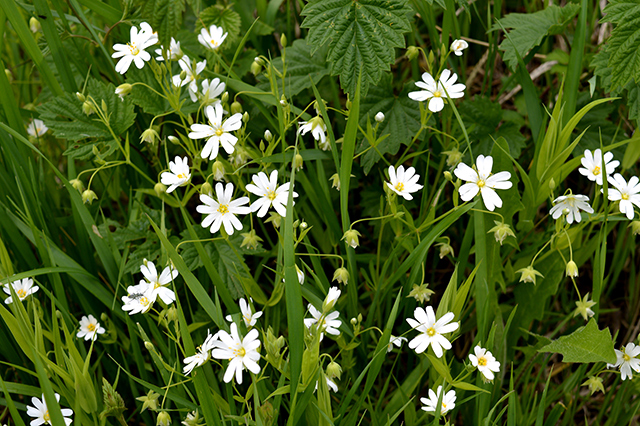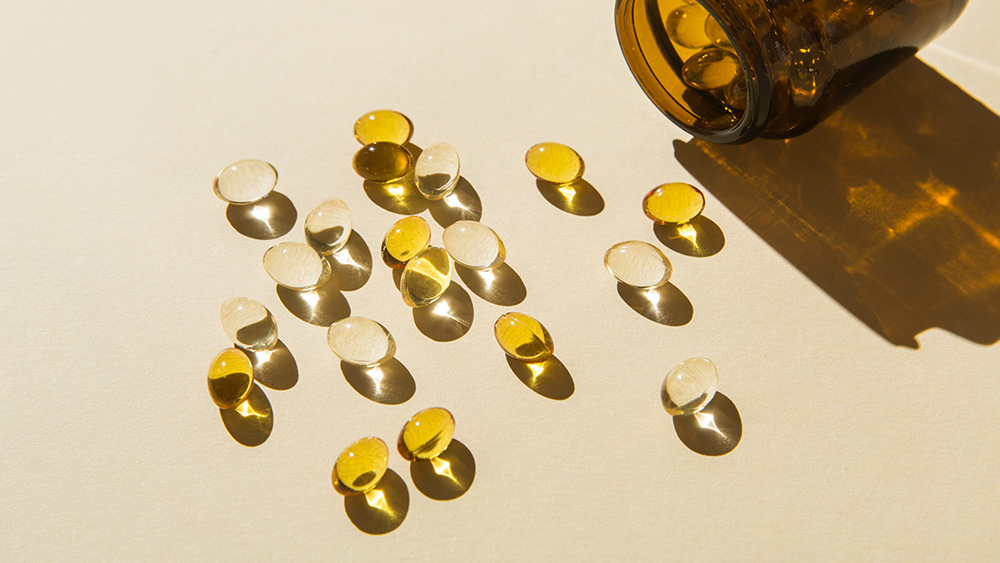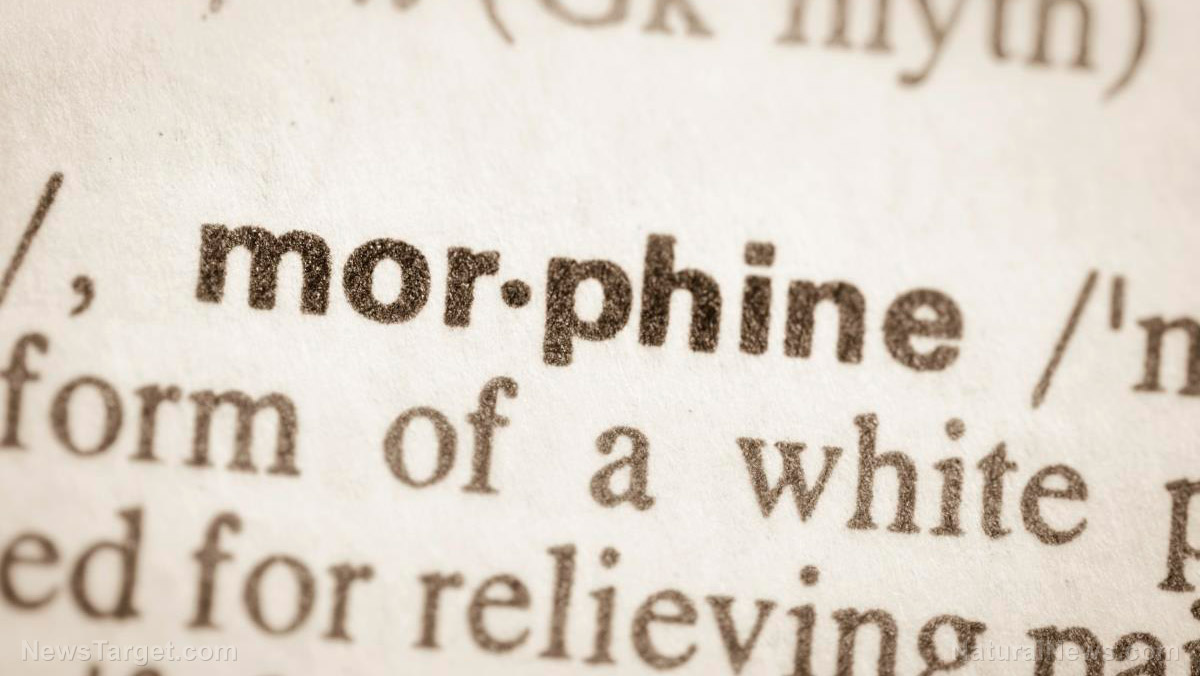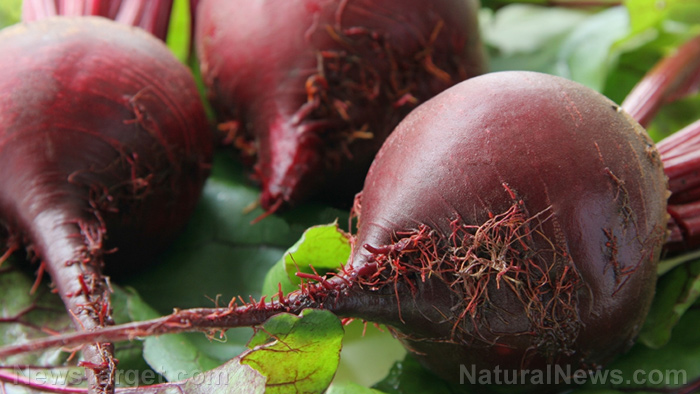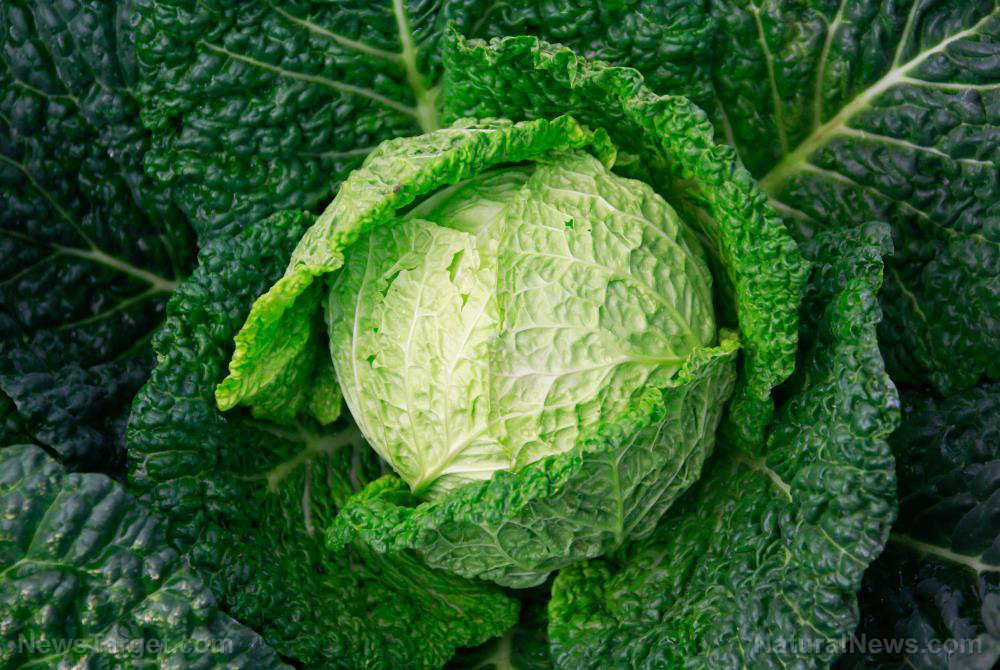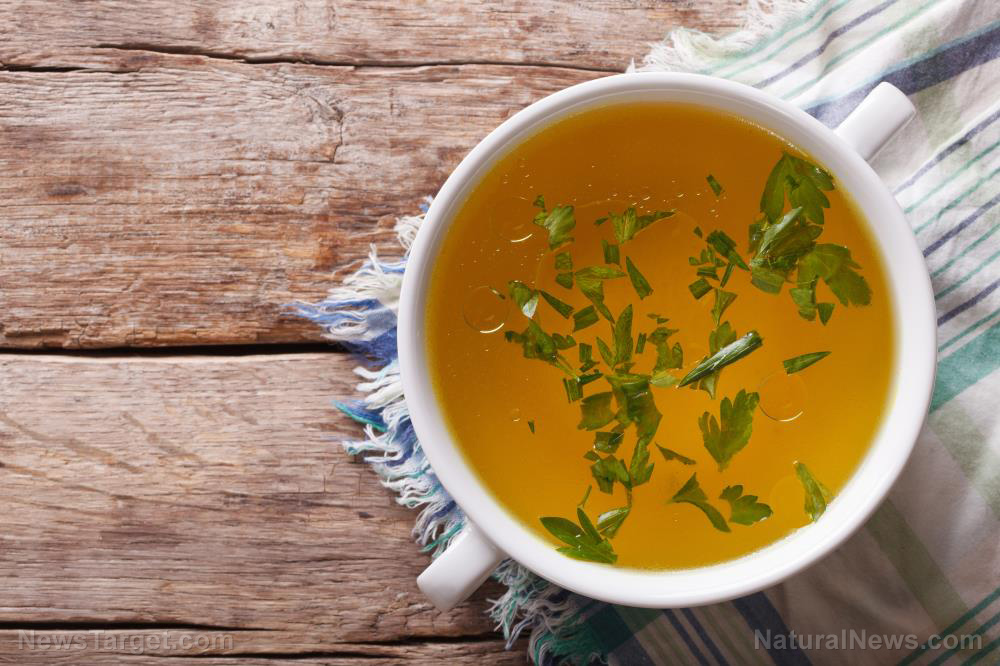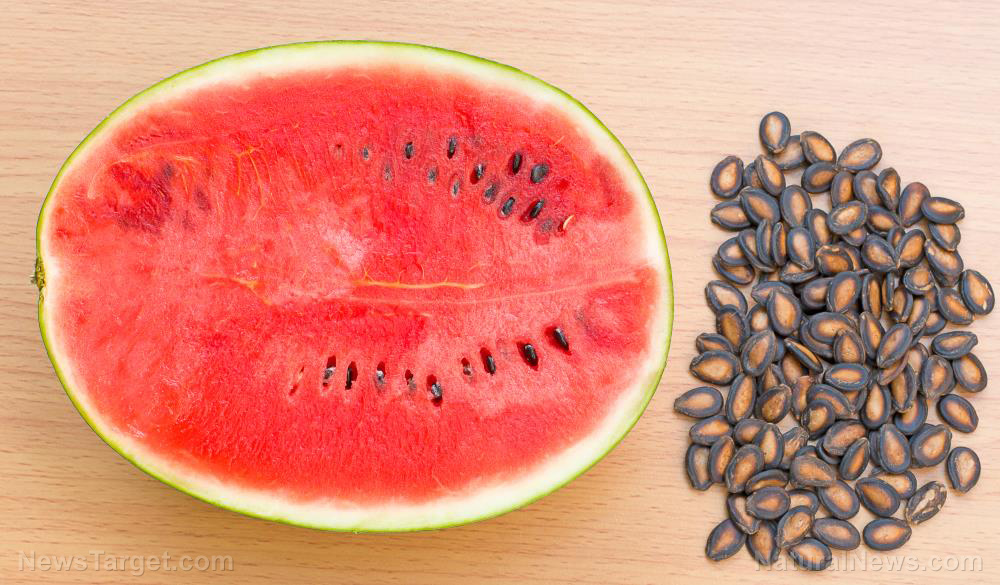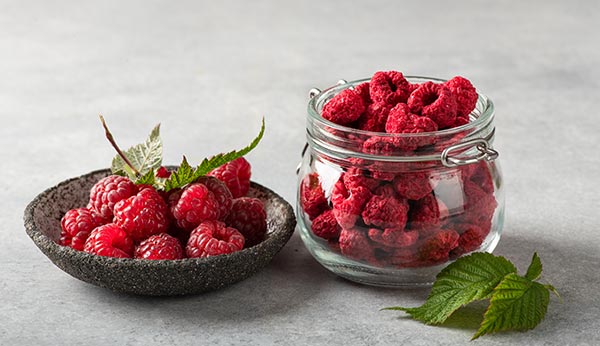Bilberry: A tiny superfruit with mighty health benefits
07/18/2025 / By Ava Grace
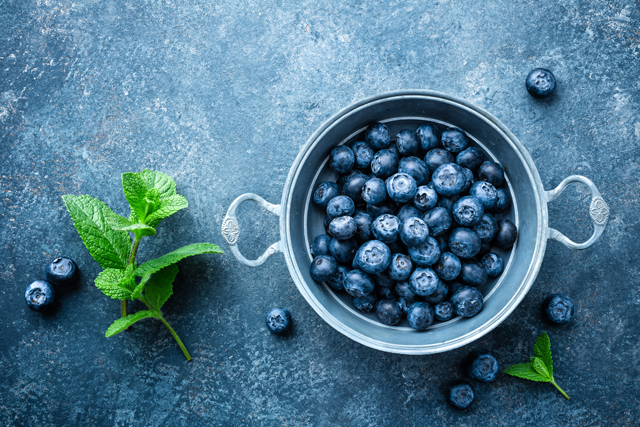
- Bilberries (Vaccinium myrtillus) are a nutrient-rich superfruit native to Eurasian forests, often confused with blueberries but distinct in their nutritional and therapeutic properties. They have been valued for centuries for their health benefits and are part of the heather family.
- Bilberries have a rich history dating back to the Middle Ages, with documented use in European herbal medicine. During World War II, they were believed to improve night vision in pilots. Today, they are cultivated in regions like Poland and Finland for culinary and medicinal purposes.
- Bilberries are packed with phytonutrients, including anthocyanins, flavonoids, phenolic acids, vitamins (C and K), and minerals (manganese and potassium). These compounds provide antioxidant, anti-inflammatory and cardiovascular benefits, making bilberries a versatile health-supporting fruit.
- Bilberries are known to support eye health by improving retinal blood flow, reduce inflammation, regulate blood sugar, enhance cardiovascular health, and potentially protect cognitive function. They are also used traditionally to treat digestive issues and menstrual cramps.
- Bilberries are versatile in cooking, used in jams, pies, smoothies, and more. Modern applications include extracts, capsules, and powders for concentrated nutrient intake. Historically, bilberry leaves were used in teas, though caution is advised due to potential effects on blood sugar.
Nestled in the undergrowth of Eurasian forests, the bilberry (Vaccinium myrtillus) is a humble yet powerful superfruit that has been cherished for centuries. This low-growing shrub produces small, dark blue berries that are often mistaken for their North American cousin, the blueberry. However, bilberries are distinct in their nutritional profile, historical significance and therapeutic potential. From ancient herbal remedies to modern-day superfood status, bilberries have earned their place as a natural powerhouse for health and wellness.
Brief history of bilberries
Bilberries have a rich history dating back to the Middle Ages, when they were first documented in European herbal texts. Native to Northern Europe, Scandinavia and parts of Asia, bilberries thrive in acidic, nutrient-poor soils, often found in heathlands and mountainous regions. The plant’s scientific name, Vaccinium myrtillus, is derived from the Latin word vaccinum, meaning “of cows,” as cows were observed grazing on the plant. (Related: Bilberries: The wild blueberry powerhouse of antioxidants and flavor.)
During World War II, British Royal Air Force pilots reportedly consumed bilberry jam to improve their night vision, a practice that sparked scientific interest in the fruit’s potential benefits. While the anecdote remains debated, it highlights the long-standing belief in bilberry’s medicinal properties. Today, bilberries are cultivated in regions like Poland, Finland and the Balkans, where they are harvested for culinary and therapeutic use.
Bilberries are known by several names, reflecting their regional significance. In Europe, they are often called whortleberries, huckleberries or European blueberries. In Scandinavia, they are referred to as blåbär, meaning “blue berry.”
Bilberries are small and round, with a deep blue to almost black color. Unlike blueberries, which have a pale green flesh, bilberries have a dark, juicy interior that stains fingers and tongues. Their flavor is tart and slightly sweet, making them a versatile ingredient in sweet and savory dishes.
Nutritional profile and health benefits
Bilberries are a treasure trove of phytonutrients, particularly anthocyanins, which give the berries their deep blue hue. These potent antioxidants are known to combat oxidative stress, reduce inflammation and support cellular health. In addition to anthocyanins, bilberries contain:
- Flavonoids – Quercetin and catechins, which support cardiovascular health
- Phenolic acids – Compounds like chlorogenic acid are known for its antidiabetic properties
- Vitamins – Vitamin C and vitamin K are essential for immune function and bone health
- Minerals – Manganese and potassium aid in metabolism and heart health
The synergy of these compounds makes bilberries a bona fide superfood, capable of addressing a wide range of health concerns.
Bilberries have been studied extensively for their potential to prevent and reverse various conditions. Here are some of bilberries’ most notable benefits:
- Eye health – Bilberries are renowned for their ability to support vision. The anthocyanins in bilberries strengthen capillaries in the retina, improve blood flow to the eyes and may help prevent age-related macular degeneration and cataracts.
- Cardiovascular health – The antioxidants in bilberries can reduce oxidative stress on blood vessels, lower LDL cholesterol and improve blood circulation, reducing one’s risk of heart disease.
- Anti-inflammatory effects – Thanks to their high flavonoid content, bilberries have been shown to reduce inflammation, making them helpful for conditions like arthritis and inflammatory bowel disease.
- Blood sugar regulation – Studies suggest that bilberries can improve insulin sensitivity and help manage blood sugar levels, making them beneficial for individuals with Type 2 diabetes.
- Cognitive function – The neuroprotective properties of bilberries can help prevent cognitive decline and improve memory, particularly in aging populations.
A healing herb, bilberry has been used in various forms. Traditionally, the berries are consumed fresh, dried or as a tea to treat digestive issues, improve circulation and alleviate menstrual cramps. Bilberry extracts, capsules and powders have become popular for their convenience and concentrated nutrient content.
Bilberry leaves, though less commonly used today, were historically brewed into teas to treat urinary tract infections and kidney stones. However, caution is advised with leaf consumption, as they may contain compounds that affect blood sugar levels.
Culinary uses and recipe ideas
Bilberries are a delightful addition to a variety of recipes. Their intense color and flavor make them a favorite for making jams, pies and smoothies. Here are a few recipe ideas:
- Bilberry bliss smoothie – Blend bilberries with Greek yogurt, banana and a touch of honey for a nutrient-packed breakfast.
- Scandinavian bilberry pie – A traditional dessert featuring a buttery crust and a tangy bilberry filling.
- Bilberry chia pudding – Combine bilberries with chia seeds, almond milk and a drizzle of maple syrup for a healthy dessert or snack.
- Bilberry vinaigrette – Puree bilberries with olive oil, balsamic vinegar and herbs for a vibrant salad dressing.
- Bilberry oatmeal bars – Mix bilberries into an oat-based batter for a portable, energy-boosting snack.
Bilberries are more than just a delicious fruit — they are a testament to nature’s ability to heal and nourish. From their historical roots to their modern-day applications, bilberries continue to captivate researchers, chefs and health enthusiasts alike. Whether enjoyed fresh, dried or as an extract, these tiny berries offer a wealth of benefits that make them a worthy addition to any wellness routine.
This story is not medical advice and is not intended to treat or cure any disease. Always consult with a qualified naturopathic physician for personalized advice about your specific health situation or concern.
Visit NaturalNews.com, a great source of articles about superfoods and their health benefits.
You can also try Brighteon.ai, an AI model created by Mike Adams, also known as the Health Ranger. This model is available as a free download to be run locally and is designed to help share and decentralize knowledge. By doing so, it aims to bypass censorship and empower people with knowledge.
If you’re looking for an uncensored video free speech website where you can openly discuss nutrition, natural medicine, ingredients and more, check out Brighteon.com and these two free speech social media sites, Brighteon.IO and Brighteon.social.
Watch and learn about eight berries that you should add to your healthy diet.
This video is from the Natural News channel on Brighteon.com.
More related stories:
Bilberries reduce risk of cardiovascular disease.
Give your heart a break and eat bilberries.
Sources include:
Submit a correction >>
Tagged Under:
antioxidants, bilberry, food cures, food is medicine, food science, fruits, functional food, health science, herbal medicine, Herbs, ingredients, natural health, nutrients, nutrition, organics, phytonutrients, prevention, superfruit
This article may contain statements that reflect the opinion of the author
RECENT NEWS & ARTICLES
COPYRIGHT © 2017 NATURAL HEALTH NEWS

